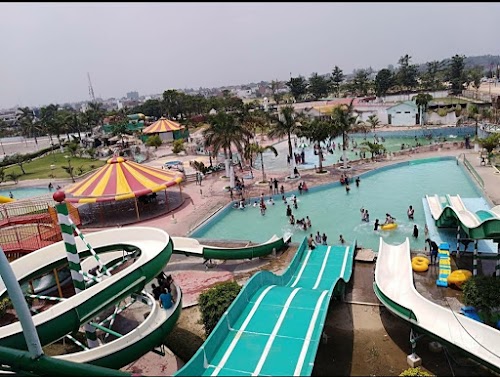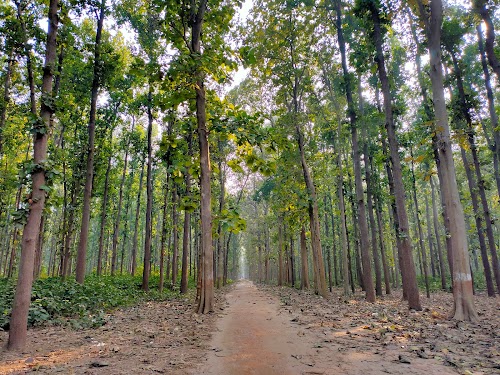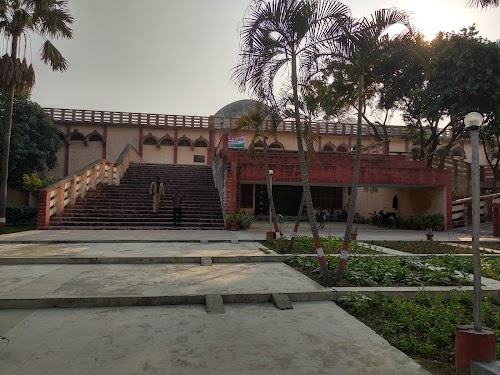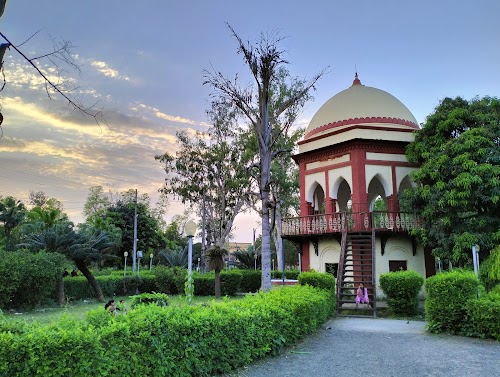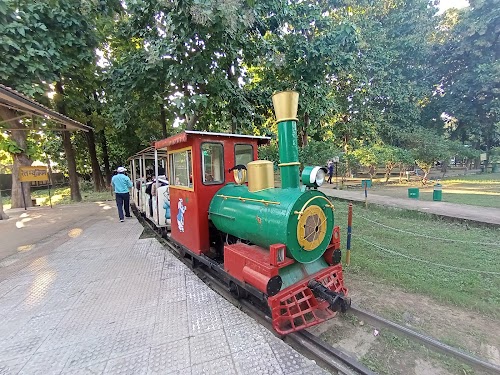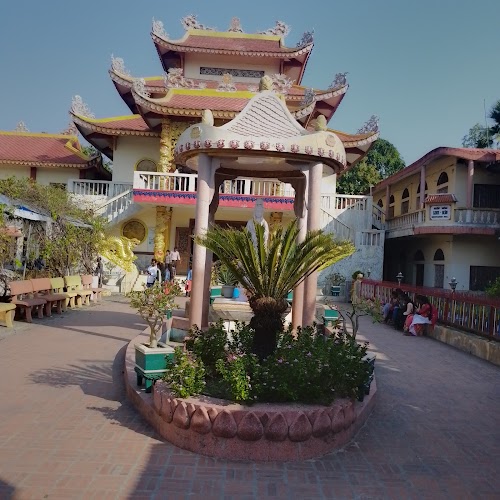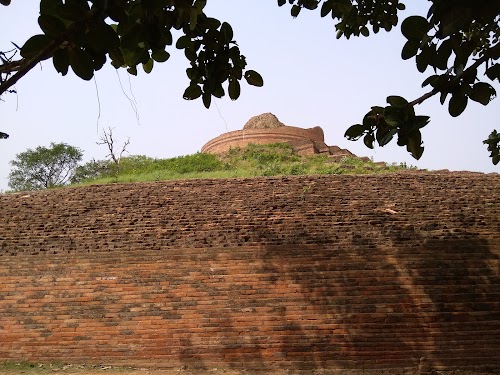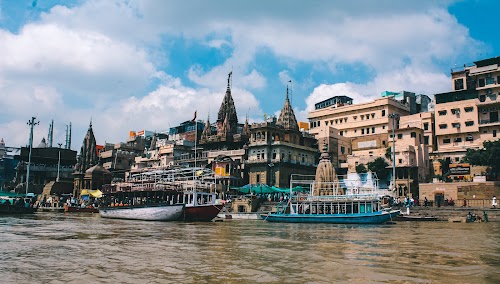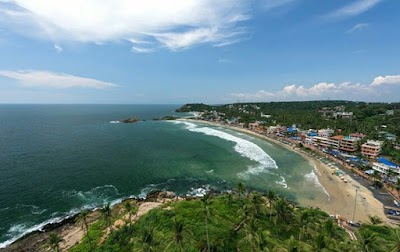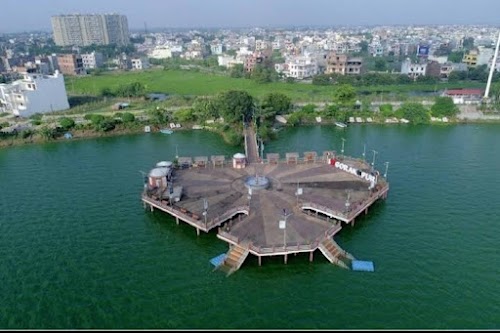
Gorakhpur, India
Gorakhpur, situated on the banks of the Rapti River in Uttar Pradesh, is a city steeped in history and spirituality. It's a significant religious center, primarily known for the Gorakhnath Math, a prominent Hindu monastery. Beyond its religious importance, Gorakhpur offers a glimpse into the cultural heartland of Uttar Pradesh. The city is developing rapidly, blending traditional charm with modern amenities. Visitors can explore its temples, museums, and local markets, experiencing the unique flavors and traditions of the region. Gorakhpur serves as a gateway to nearby attractions like Kushinagar and Lumbini, further enhancing its appeal as a tourist destination. The city provides a unique experience to witness the confluence of spirituality, history and modern development.
Known for:
History:
Gorakhpur's history dates back to ancient times, with mentions in various historical texts. The city derives its name from the ascetic Gorakhnath, who founded the Nath tradition of Hinduism. Gorakhpur has been ruled by various dynasties, including the Mauryas, Guptas, and Mughals. During British rule, it served as an important administrative center. The city played a significant role in the Indian independence movement. Post-independence, Gorakhpur has grown into a major commercial and educational hub in Uttar Pradesh. The Gorakhnath Math has remained a prominent institution throughout the city's history, shaping its religious and cultural landscape. The city has witnessed the rise and fall of various empires, leaving behind a rich tapestry of historical influences.
How to reach:
Gorakhpur is well-connected by air, rail, and road. The Gorakhpur Airport (GOP) has regular flights from major Indian cities. The Gorakhpur Junction railway station is a major railway hub, connecting the city to various parts of the country. National highways connect Gorakhpur to other cities in Uttar Pradesh and neighboring states. You can hire taxis or take buses from nearby cities to reach Gorakhpur.
Places in Gorakhpur, India
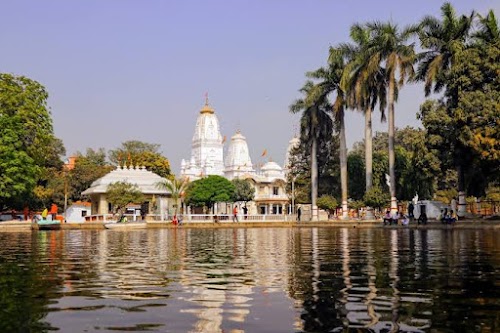
Gorakhnath Temple
Gorakhpur, India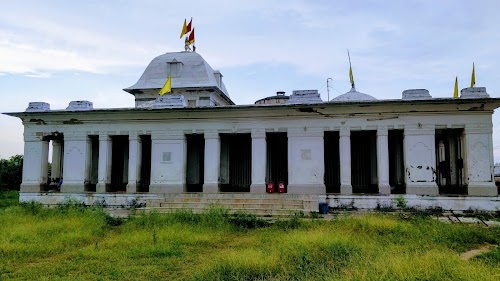
Vishnu Mandir
Gorakhpur, India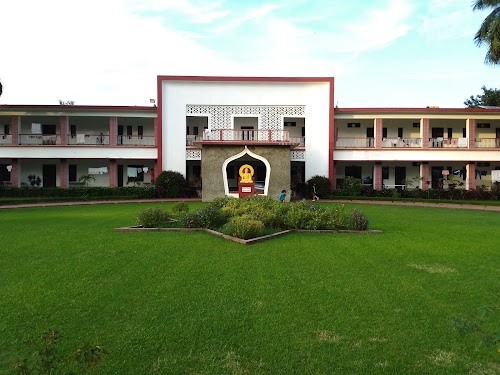
Arogya Mandir
Gorakhpur, India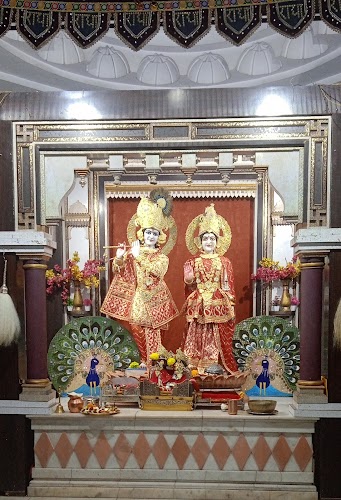
Geeta Vatika
Gorakhpur, India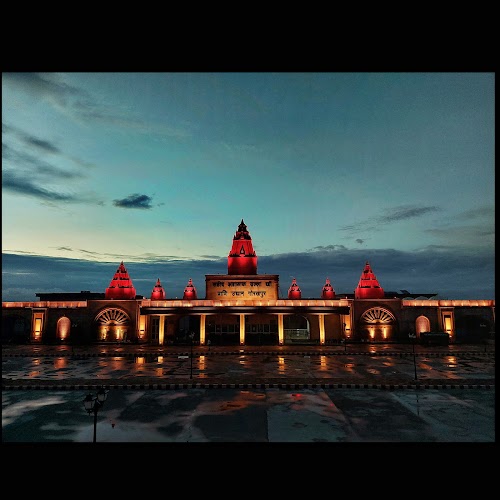
Gorakhpur Zoo
Gorakhpur, India
Baba Gambhirnath Samadhi Sthal
Gorakhpur, India
Imambara
Gorakhpur, India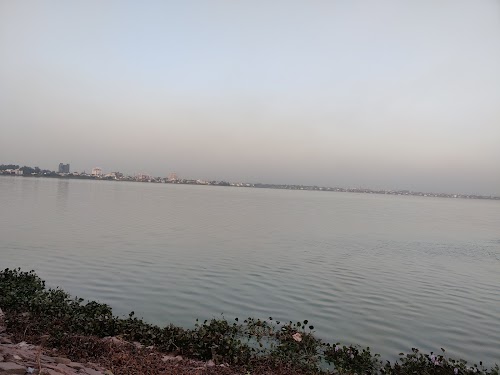
Ramgarh Taal
Gorakhpur, India